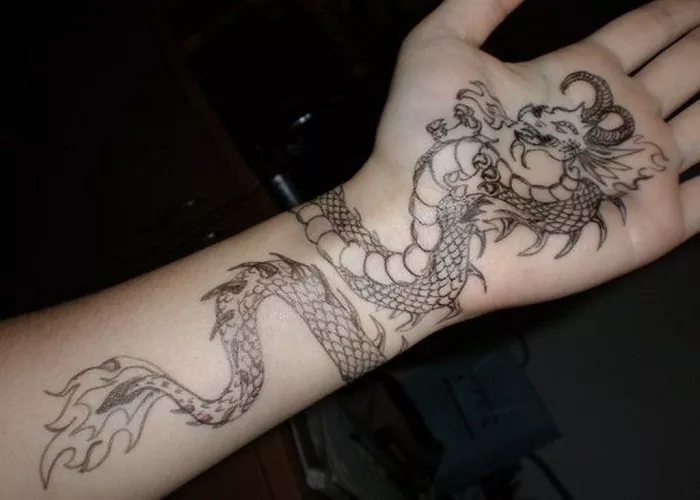An ideal assignment for sophomore Industrial Design students could focus on creating a minimalist chess set. This project, which excludes digital fabrication and individual sculpting or carving (unless making patterns for molds), would challenge students to develop a range of essential design skills.
Key Learning Areas
Sketching and Concept Development
The assignment would encourage students to consider the minimum amount of form, gesture, and surface treatment needed to clearly distinguish between the six types of chess pieces. How can they convey the unique identities of each piece through minimalist design?
Material Selection
Students would be tasked with sourcing materials that can be easily obtained and, most importantly, efficiently batch-produced using the shop’s available tools. This encourages practical decision-making based on material properties, cost, and manufacturing feasibility.
Manufacturing Process
A critical aspect of the assignment is choosing a repeatable manufacturing process for producing the pieces. Whether using a table saw with jigs, lost-wax casting, or soldering metal components, students will gain hands-on experience in scaling up production in a controlled and efficient manner.
To simplify the project, students would not be expected to design or create the chessboard itself, allowing them to focus entirely on the pieces.
Exploring Minimalist Chess Sets
Minimalist chess sets already exist in the design world, many of which could have been crafted by first-year Industrial Design students. One example is the unnamed chess set by Schichtwunder Designs, which uses 3D printing. However, digital fabrication would not be permitted for this assignment. The emphasis is on manual craftsmanship and repeatable production techniques. While students may carve or sculpt workpieces if they intend to use them for molding, they would not be allowed to carve the final product directly.
While many existing minimalist sets are made from wood, students would be encouraged to experiment with a variety of materials, such as metal, ceramics, or other options suited to the resources available in the school’s ID shop.
Conclusion
This assignment would give Industrial Design students a hands-on opportunity to tackle a real-world design challenge that emphasizes both creative and practical skills. If any professors decide to assign this project, it would be exciting to see and share the results!
Related topics:

